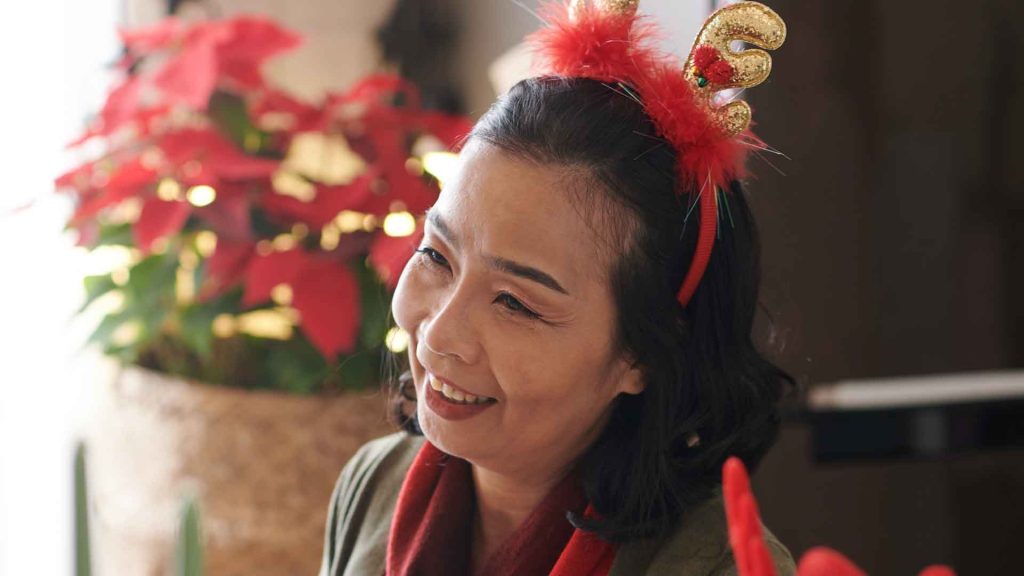Spasticity is an effect of stroke that causes stiffness or rigidity in the muscles.This post-stroke symptom is quite common. In fact, anywhere from one-quarter to almost half of stroke survivors experience it in their first year post-stroke.
A stroke survivor who is experiencing spasticity will find their muscles to be unreliable and sometimes painful. This phenomenon can drastically limit the stroke survivor’s ability to manage everyday activities. Fortunately, effective treatments can reduce the effects of spasticity.
What Is Spasticity?
With spasticity, in addition to being stiff and/or rigid, muscles may involuntarily contract while moving. The most commonly affected areas are the elbow, wrist and ankle, and muscle spasticity can in turn have negative effects on tendons and other auxiliary tissues in the area.
Symptoms of spasticity can include:
-
-
- Muscle spasms
- Bent elbow pressed against the chest with curled fingers
- Curled toes
- Decreased functioning in the affected muscles
- Overactive reflexes
-
Treatment Options
Targeted treatments can reduce the effects of spasticity and improve functioning. These treatments may include:
-
-
- Specialized exercises and stretching to reduce muscle shortening
- Oral medications to relax the nerves
- Botox injections to block the affected nerves
- Electrical stimulation
- Baclofen pump to relax the nerves, which can be helpful for patients who were unable to tolerate other treatments
- Braces, which are typically only used for mild to moderate elbow or wrist spasticity
- Surgery that targets the damaged nerves causing spasticity
-
Strategies For Managing Spasticity
Post-stroke spasticity can limit a person’s ability to perform activities of daily living, such as getting dressed, grooming, using the bathroom and preparing meals. It will be necessary to manage spasticity while you are undergoing treatment or if some symptoms persist afterward.
As such, a stroke survivor may need to use alternative strategies for performing these activities. Those alternatives may include:
-
-
- Slower pacing
- Use of adaptive equipment – grab bars, raised toilet seats,mobility aids (cane, walker or rollator)
- Getting assistance from others
-
If you are working with a physical therapist or occupational therapist for your stroke rehabilitation, those providers can offer guidance on methods for accommodating spasticity. Don’t hesitate to take advantage of this important resource.
